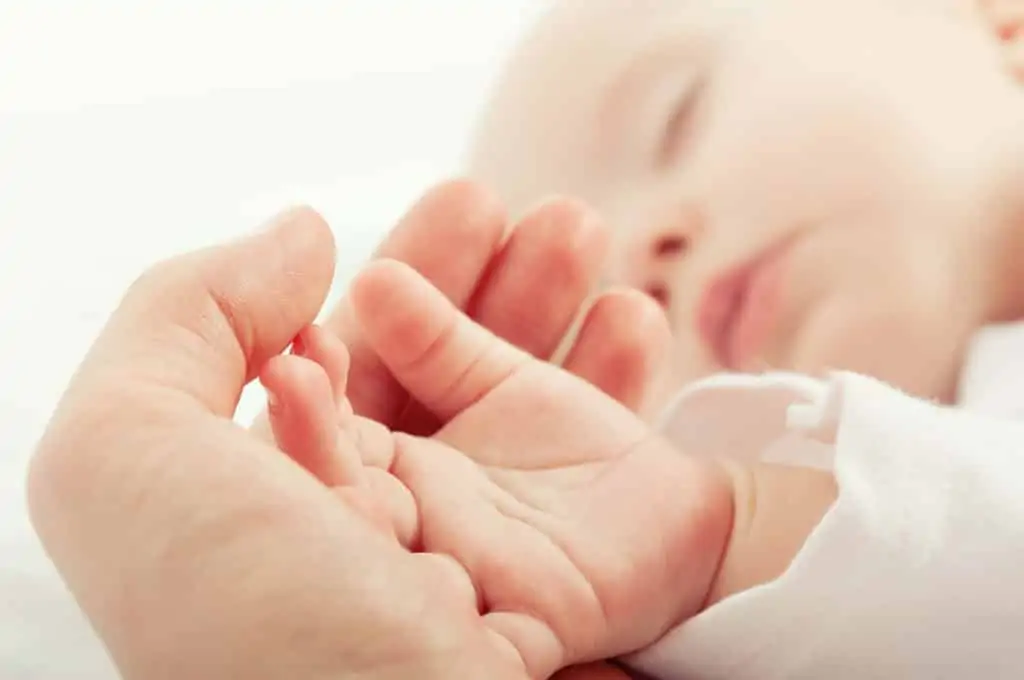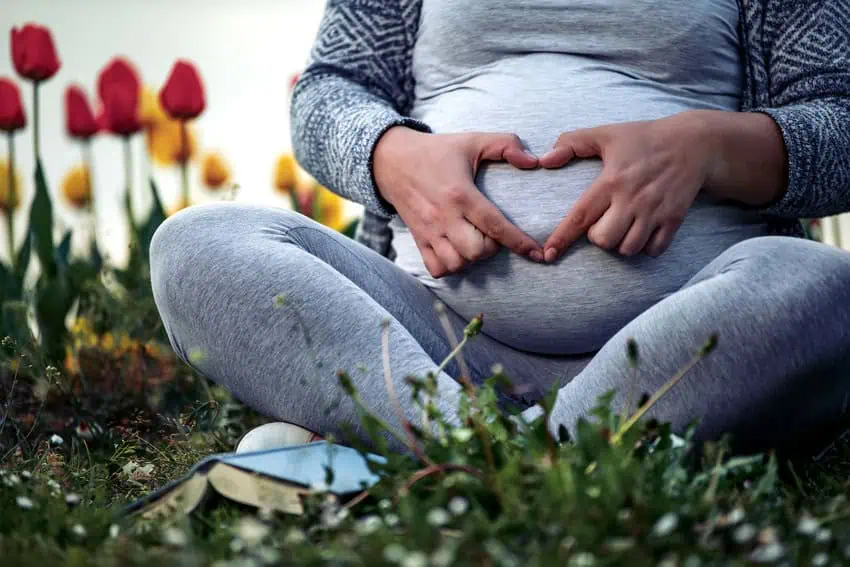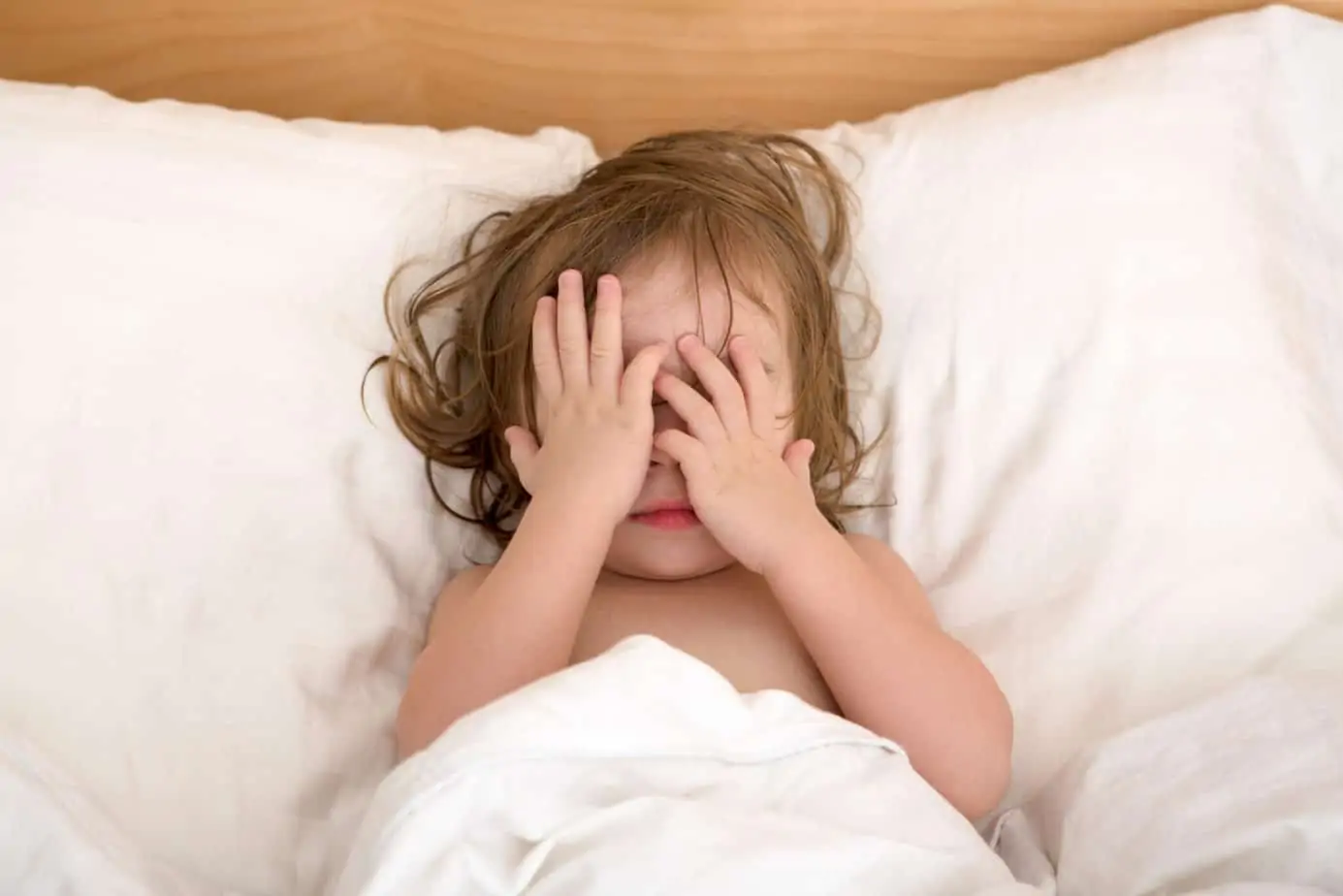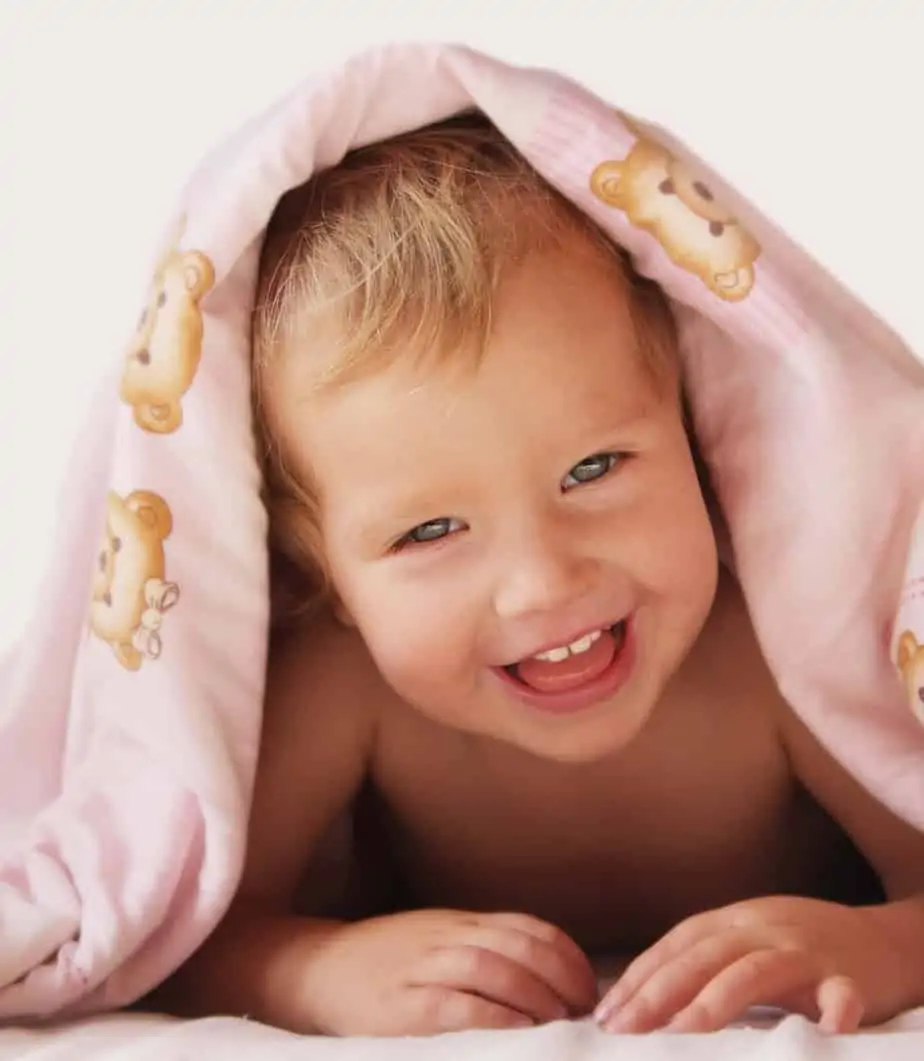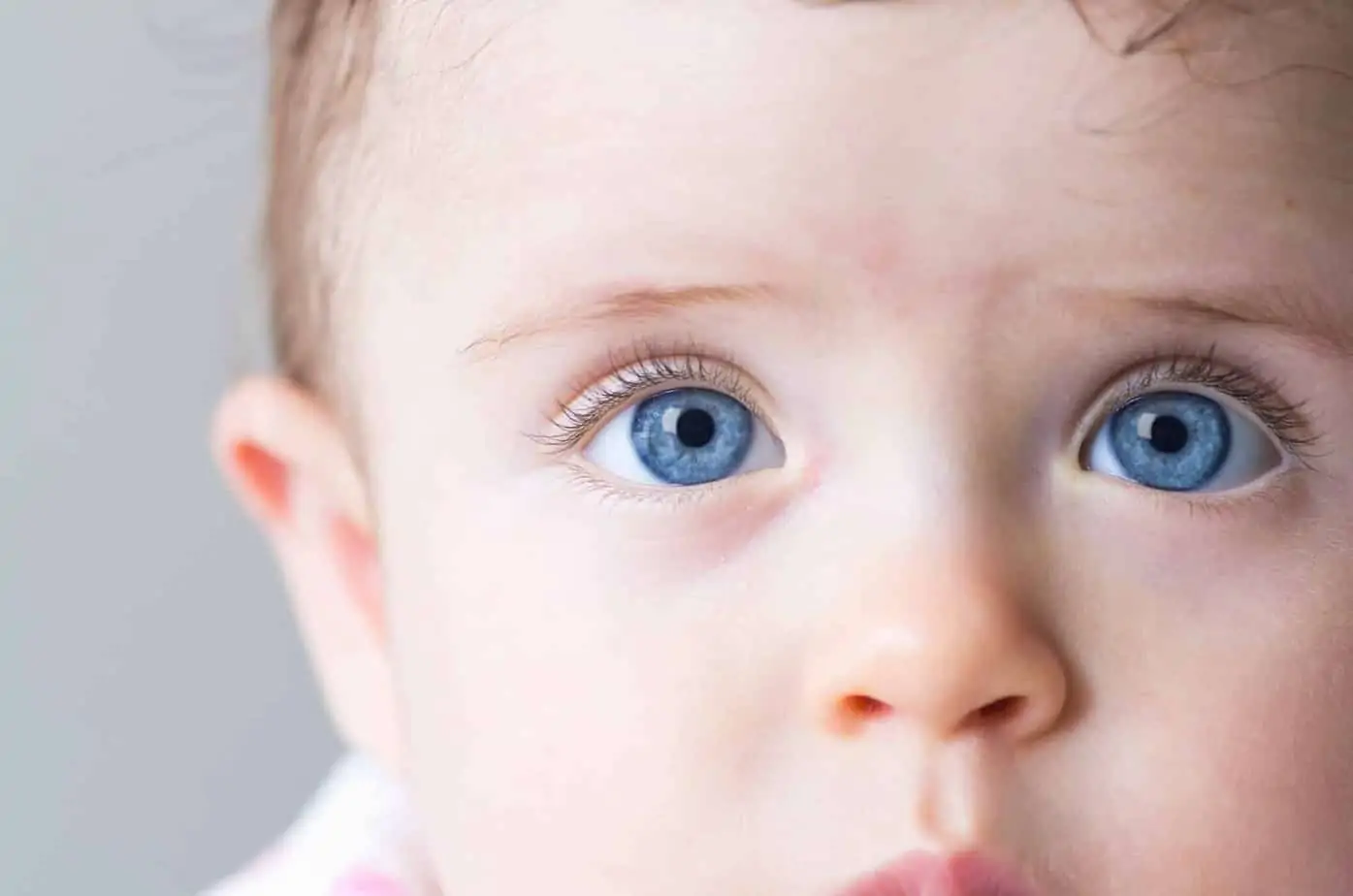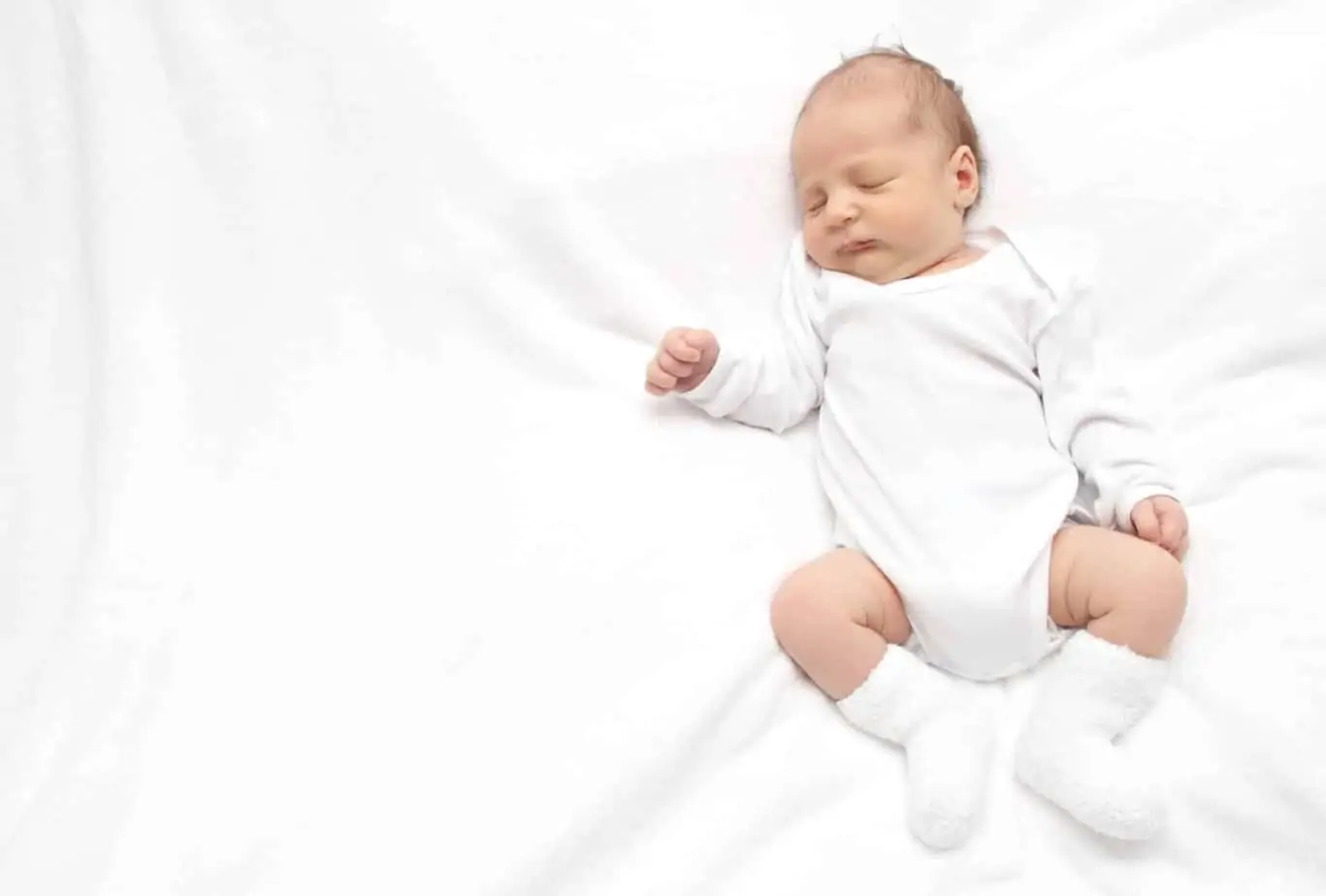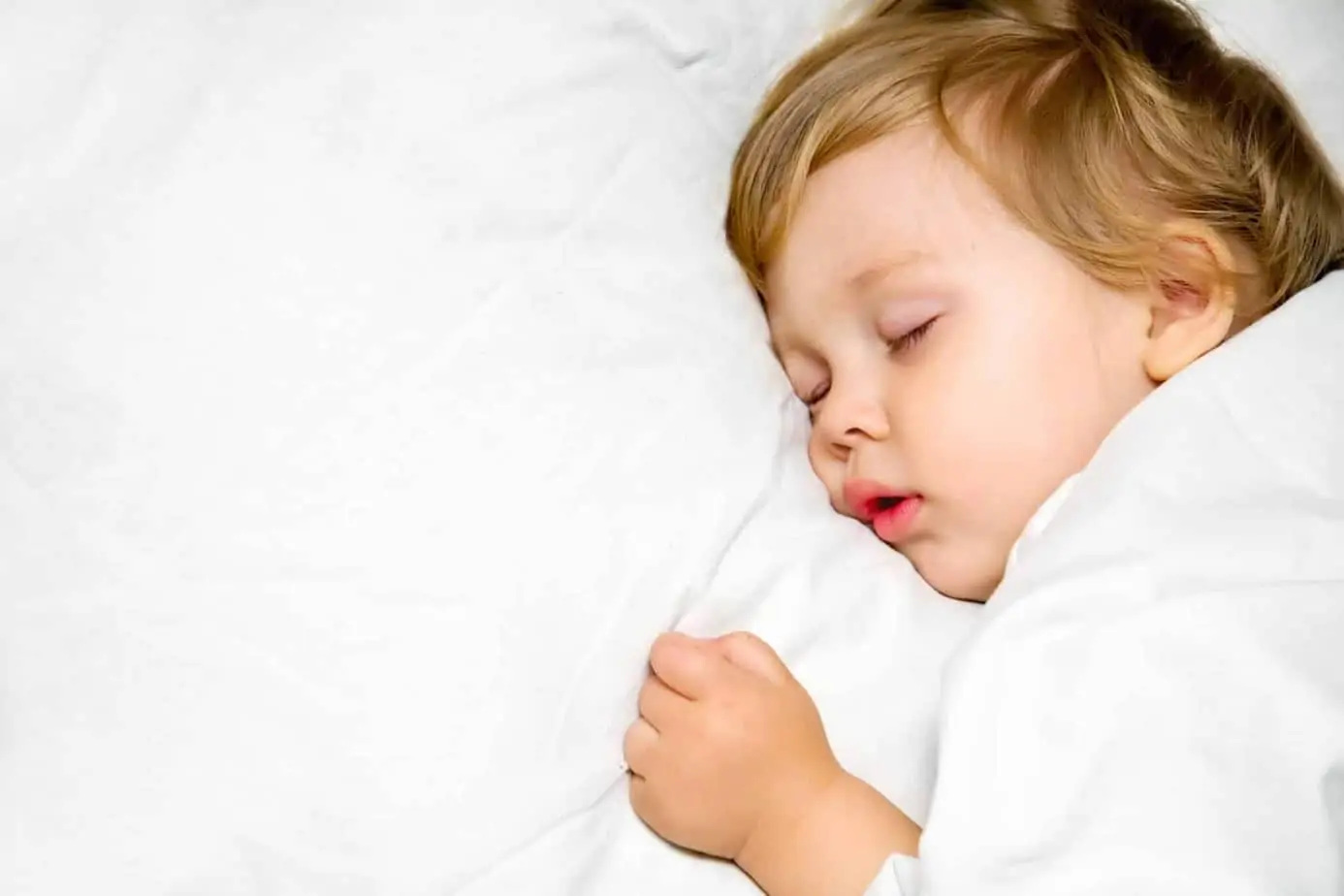As a parent, new or seasoned, one of your first instincts is the safety of your baby. Creating a safe sleeping environment will drastically help to decrease your baby’s risk of Sudden Infant Death Syndrome (SIDS). While SIDS is not entirely preventable and attributed largely to genetic and other unknown reasons, the sleep environment you create for your baby should be made as safe as possible to decrease the risk of SIDS from occurring. Here are the key preventative ways to keep your baby safe in the first two years of life when SIDS is more likely to occur.
BEST WAYS TO PROTECT YOUR BABY FROM SUDDEN INFANT DEATH SYNDROME (SIDS)
Sleep Position Is Critical To Preventing SIDS
Back is best. That is, placing your baby down to sleep on his back. The American Academy of Pediatrics (AAP) states the safest sleep position for a baby is always on his back until he is old enough to turn over on her own. Babies lack the neck muscles to turn their head if their face is smashed into a mattress, or away from a blanket or covering near their face. Studies show babies who sleep on their backs have a decreased risk of SIDS.
Sleep positioners are dangerous and should not be used during nap times or bedtimes. Don’t set your baby in a sleep positioner with the thought this will keep them safe on their back, it won’t.
Blankets & Stuffed Animals
Expecting parents are usually gifted a drawer full of beautiful baby blankets, but for the safety of your baby, keep these out of the crib and use them on the floor for tummy time or a layer from cold weather in the stroller.
Blankets can cause suffocation or strangulation. On chilly nights, a sleep sack would be the safest option, rather than a blanket. Loose bedding like blankets, pillows, bumpers, stuffed animals, and toys should also be kept out of the crib and only used while your baby is being safely monitored.
Babies don’t need stuffed animals and lovies for comfort while they sleep. These should be used while they’re being supervised, but kept out of cribs.
Room Temperature
An overheated baby is at greater risk of SIDS and it’s been shown a warm room will not make for a good sleeping environment (cue restlessness and night wakings.) Often parents worry their baby will get cold overnight, but the AAP recommends a child’s room should be kept at a temperature where a lightly clothed adult would be comfortable. A cotton onesies or light pajamas in the summer a sleep sack in the winter are safe options.
This temperature monitor with backlight for night will help you keep track of your baby’s room temperature so they don’t overheat, or temps aren’t too cold.
The AAP recommends your child’s room should be kept at a temperature that is comfortable for a lightly clothed adult and the ideal temperate is 68 degrees Fahrenheit. A simple onesie in the summer and footed one-piece pajamas or a sleep sack in the winter are safe options.
Co-Sleeping & Bed Sharing
Co-sleeping can greatly increase the risk of SIDS, but if you take the right approach to safely co-sleeping. If you choose to room share, do so safely with a bed attachment build for your baby, an in-reach bedside bassinet, pack and play or crib in the room with you. Sleep deprived parents can roll onto the baby or fall asleep holding the baby in an unsafe position, obstructing air.
Keeping the crib in the room with you allows you to safely, easily and quickly respond to your baby, without posing a risk to his health.
Pets In the Nursery
Keep pets, especially cats, out of the baby’s room while they’re sleeping. Animals that can jump into a crib pose a suffocation hazard. Also, shedding pets can leave fur and dander behind which can affect your baby’s breathing, bring on allergies and floating fur can obstruct airways.
SIDS Preventative Technology
- The Owlet Monitor is a wearable baby sock with technology that monitor’s your baby’s heart rate and oxygen levels and notifies parents in real-time if something is wrong.
- Breathable Crib Mattress. Yes, you heard that right. This Newton Wovenair crib mattress allows your baby to breathe right through it and reduces the risk of suffocation and overheating. It’s also organic, completely washable and hypoallergenic.
- A Baby & Room Temperature Monitor helps you keep an eye on your baby, as well as the nursery’s room temp to make sure your baby doesn’t overheat while they sleep.
- This Sense-U Breathing & Rollover Movement Baby Monitor, is set under the crib and attached to your baby’s clothing. It monitor’s your baby’s breathing and rollover movement with a real-time audible alarm to alert you if there is no breathing movement or your baby rolls over to stomach sleeping. It’s also relatively inexpensive for the peace of mind it provides you with!
- The Angel Care Monitor is a similar crib and baby monitor and alerts you if breathing movement stops.
PS – Speaking of baby… here are a list of FREE BABY PRODUCTS for Moms when you use the coupon code PRAGMATIC1. These baby essentials are totally free (you are responsible for shipping & handling only). Need a hooded towel for bath time, nursing pillow, carseat cover, pregnancy pillow or baby wrap? Check them out.
Best Resource for Getting Baby Started with Good Sleep Habits & Routine
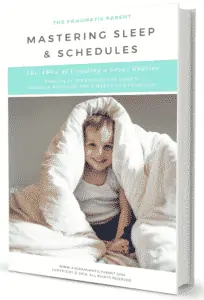
Learn how to start creating a routine, establishing wake up and bedtimes, strategies for working through nap transitions, prepping for daylight savings time to keep your routine on track and logging your baby’s sleep patterns… all helping you rock a routine and simplify life when your days flow.
Want even more?
Shop All Parenting Resources
Shop all of our parenting resources from self-regulation tools and managing big emotions to building self esteem and confidence. There are resources for all seasons of life!
